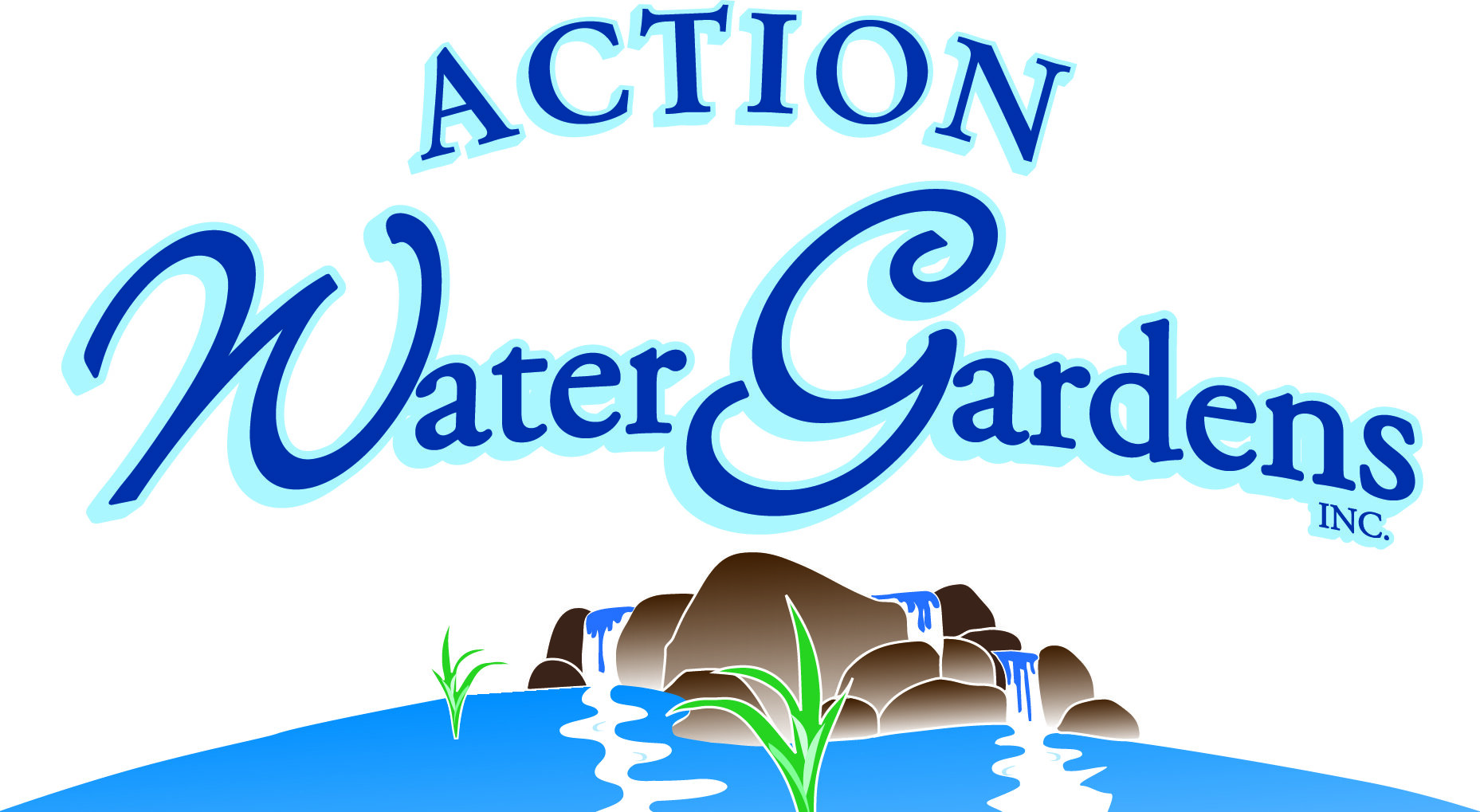Fish Food Facts
Keeping them fed and healthy is one of the best ways to prepare them for the colder seasons to come.
Are you using a high corn-based fish food formula?
How about protein?
Not a clue?
There are definitely noticeable differences between a good quality fish food, and one that has been made with cheap corn fillers and additives. When looking for a quality line of food, be on the look out for brands that are higher in vitamins and proteins, rather than corn and wheat products. One of the first ingredients you will want to look for is fish meal or krill - both of which are high in protein.
It is important to make sure that our fish are at their healthiest before they switch into "hibernation mode" for the winter. Regularly feeding with a well-balanced food will help keep your fish in tip-top shape and will also help increase color, health, and vitality. It's also beneficial to supplement their diet with fresh fruits and vegetables such as orange slices, watermelon, peas, and zucchini. These are all great treats that are packed with vitamins and minerals to keep your fish healthy and strong. Koi treats that contain vitamin C and other essential elements are also available to add that extra something to your finned friends' diet.
Aquascape's color enhancing fish food line contains beneficial microbes that aid in digestion and help pond fish better assimilate the nutrients from the food even in colder temperatures. Also keep in mind that you will want to feed a regular fish food during the warmer months, and cold water formula during the colder months of Fall (65 F - 50 F). After the water drops to 50 F the metabolism rates of all of your pond fish will slow down, and after 40 F they will go into a state of hibernation until the warmer weather returns.
Many fish food companies will give directions on the side of the packaging instructing you to feed 2-3 times daily. This is a bit much, and can result in unwanted accumulation of fish waste and debris (in turn negatively effecting water quality). A once daily feeding schedule is more than enough because the fish will also feed on insects and plants within the pond. Only feed what the fish will consume within a 2-3 minute time period. This will prevent extra food from floating in the pond or from getting sucked into the skimmer.
